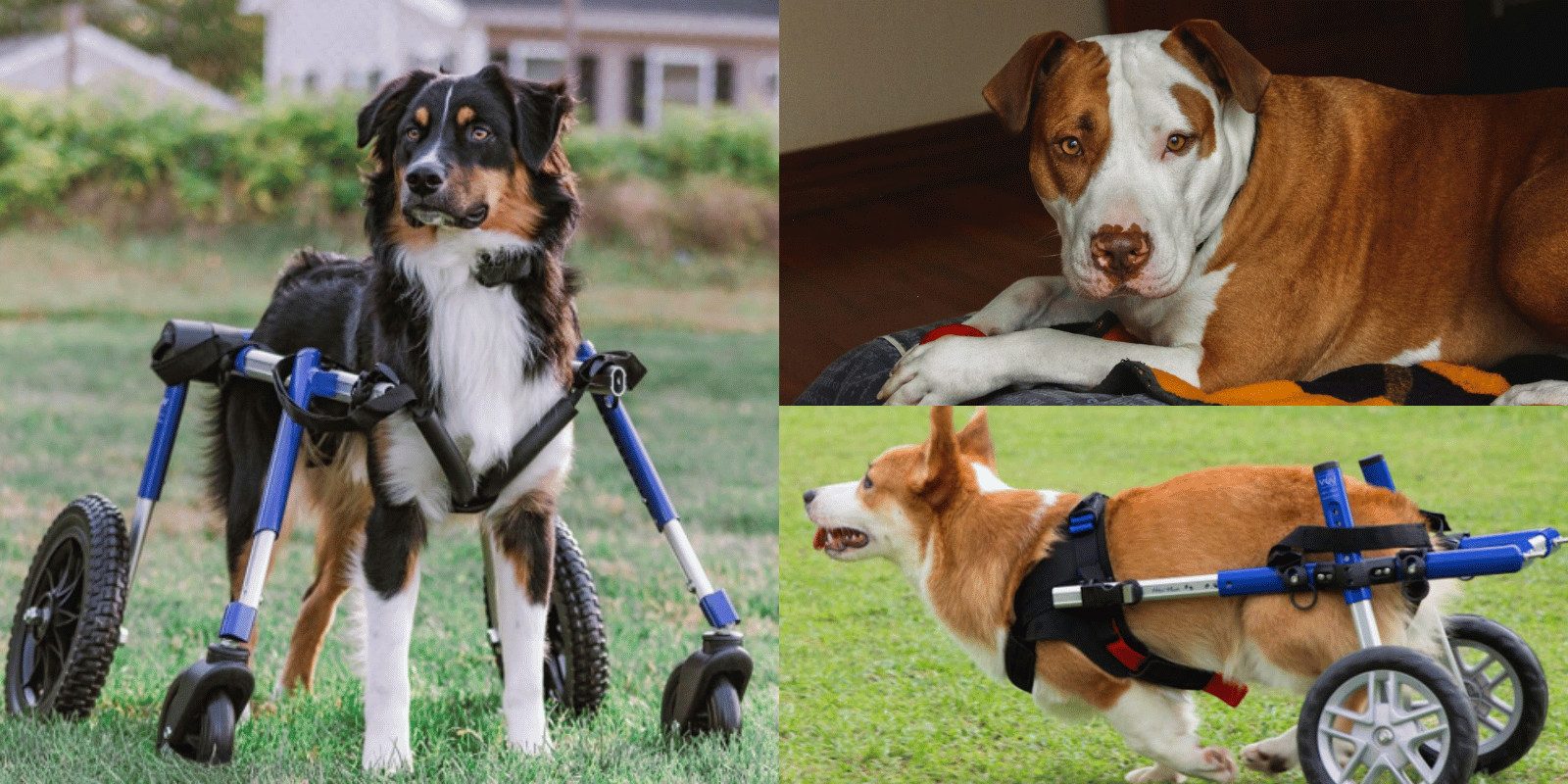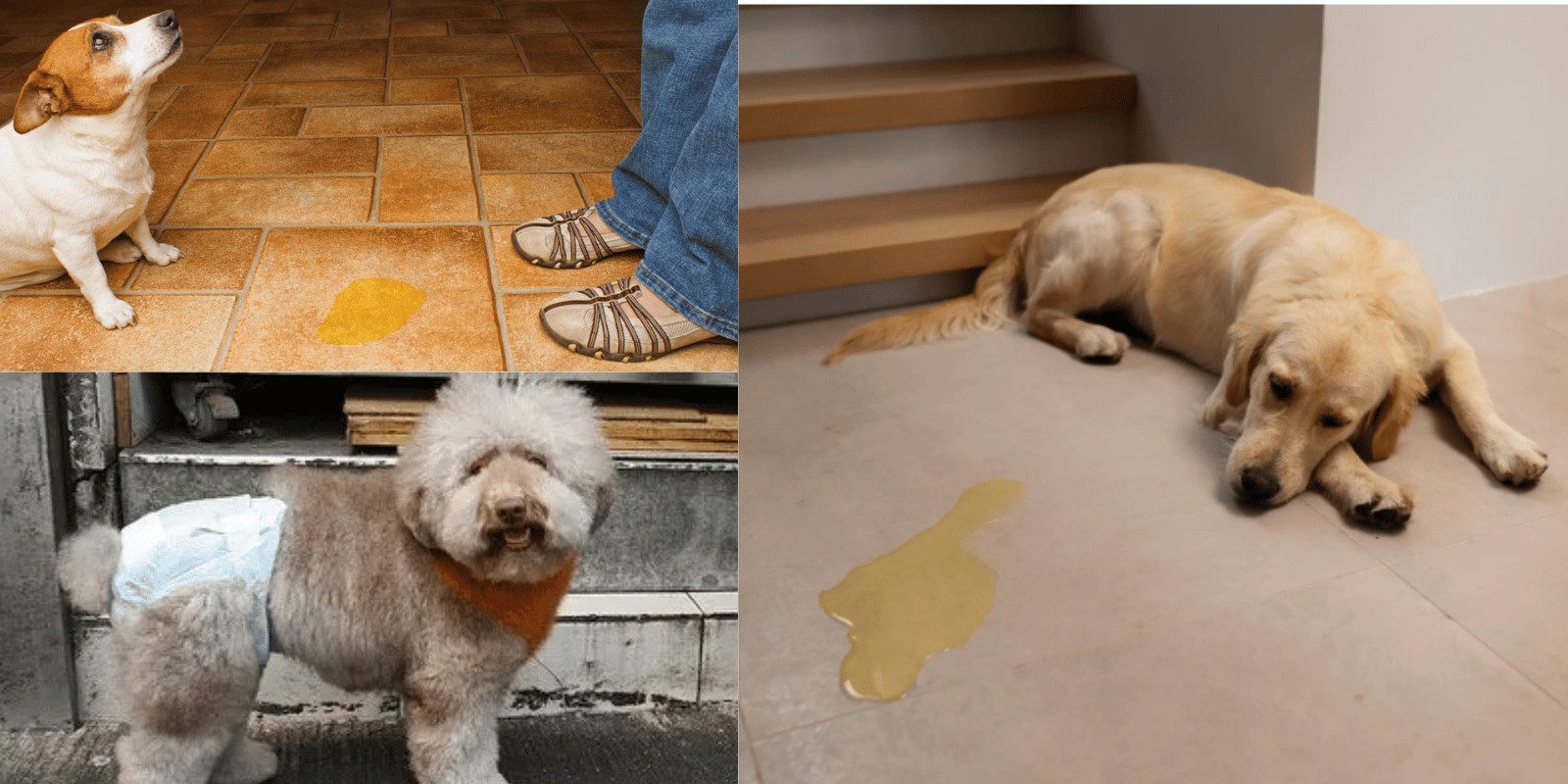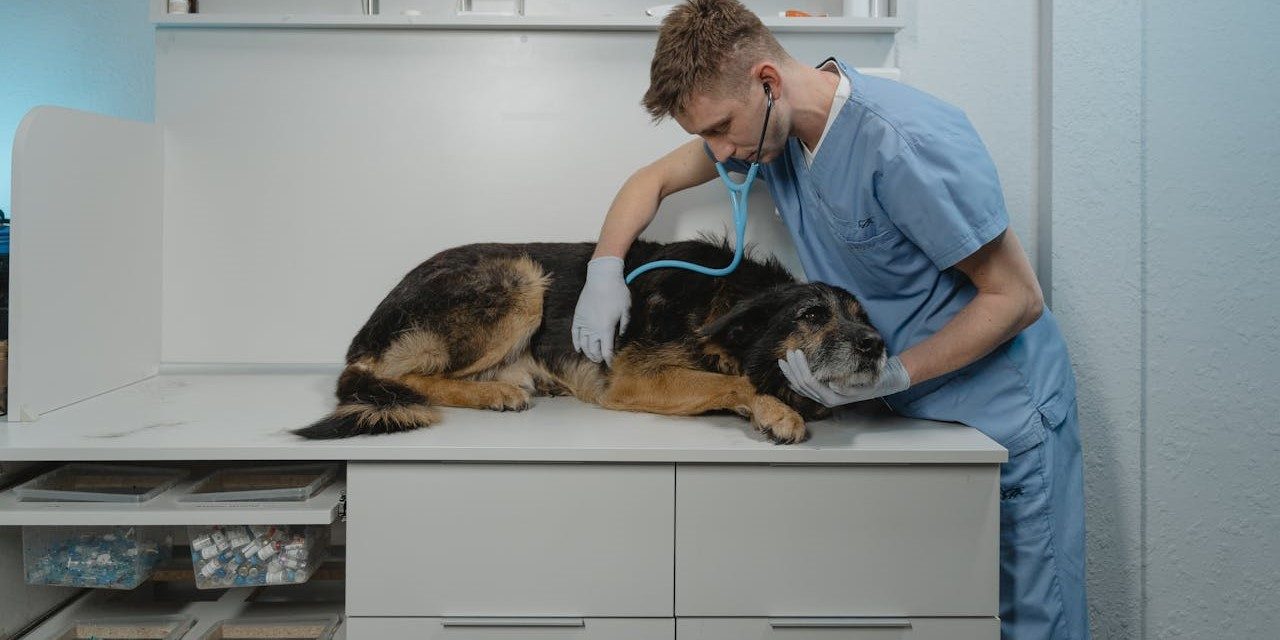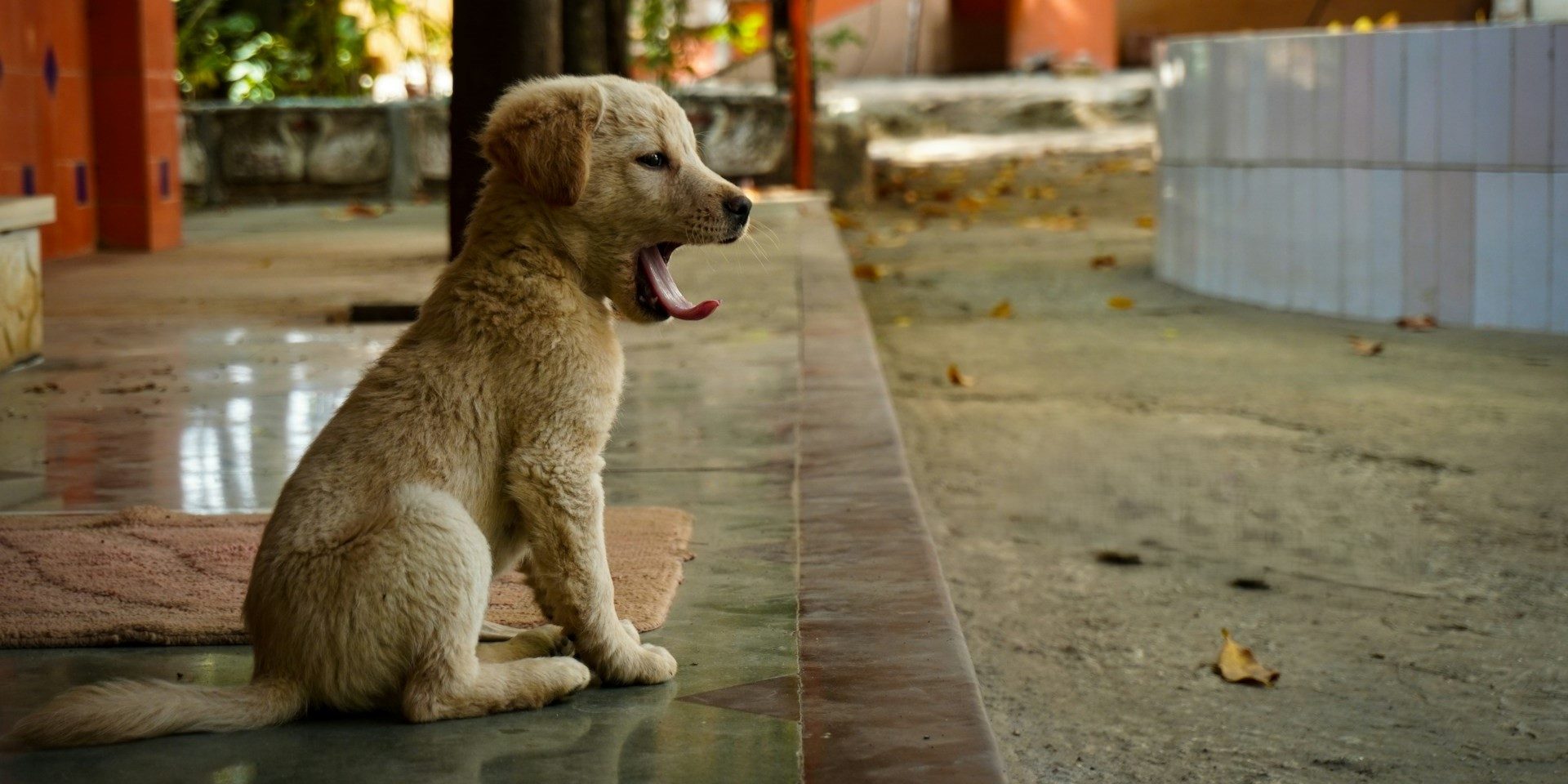How to Provide Your Senior Dog With Proper Exercise: Expert Tips
As your dog ages, their exercise needs change. You want to keep them healthy and happy, but how do you provide the right amount of activity without overdoing it? This guide will walk you through effective ways to ensure your senior dog gets the proper exercise they need. From gentle walks to fun activities that won’t strain their joints, you’ll discover tips and tricks to keep your furry friend active and engaged. Imagine the joy of seeing your senior dog wagging their tail, ready for a stroll or a splash in the water. Let’s explore how you can enrich their life and maintain their health, all while enjoying precious moments together. Read on to find out how to create an exercise routine that suits your senior dog perfectly! Credit: midlandspetcare.com Understanding Your Senior Dog’s Needs Understanding your senior dog’s needs is essential for ensuring they stay healthy and active. As your furry friend ages, their physical capabilities and energy levels change. Recognizing these shifts will help you tailor their exercise routine to promote a happy, healthy lifestyle. (How to Provide Your Senior Dog With Proper Exercise: Expert Tips) Recognizing Physical Limitations Senior dogs often experience a decrease in stamina and strength. You might notice your dog panting more quickly during walks or struggling to get up after resting. Pay attention to these signs; they can indicate when it’s time to modify your exercise approach. Some breeds are more prone to joint issues or arthritis. If your dog limps or hesitates to jump, consider low-impact activities like walking or swimming. These alternatives can help maintain their fitness without risking injury. Adjusting Exercise Duration And Intensity Every dog is unique, especially when it comes to age. While some seniors may still enjoy long hikes, others might prefer shorter, more frequent walks. Start with a routine that suits your dog’s current fitness level and adjust as needed. For instance, I had a senior Golden Retriever who loved her daily walks. We started with 15 minutes and gradually increased the time as she became stronger. Listening to her and observing her energy levels helped us both enjoy our outings. Exercise isn’t just about physical activity; mental engagement is equally vital. Activities like puzzle toys or scent games can provide fun and stimulation. This dual approach keeps your dog’s mind sharp while also promoting physical fitness. Have you considered how often you challenge your dog’s mind? A combination of short walks and engaging games can be a perfect balance. Monitoring Health And Comfort Always keep an eye on your dog’s comfort level during exercise. Look for signs of fatigue or discomfort, like excessive panting or reluctance to continue. If you notice these signs, it may be time to cut the session short. Frequent vet check-ups can also help you stay ahead of any health concerns. Regular assessments ensure that your dog is fit for the activities you have planned. Understanding your senior dog’s needs is about more than just exercise; it’s about nurturing their overall well-being. Tailoring their routine to fit their changing abilities will help you both enjoy quality time together. Benefits Of Regular Exercise Regular exercise is essential for senior dogs. It helps maintain their health and happiness. Exercise supports their physical and mental well-being. It can also improve their quality of life. Many older dogs face health issues. Regular activity can help manage these conditions. It keeps their joints flexible and muscles strong. Dogs that exercise often have more energy. Weight management is another key benefit. Senior dogs can gain weight easily. Exercise helps burn calories and maintain a healthy weight. This reduces the risk of obesity-related problems. Exercise also boosts mental stimulation. Simple activities keep their minds sharp. Engaging their senses can reduce anxiety and stress. A happy dog is a healthy dog. Social interaction is another advantage. Taking your dog for walks can lead to new friends. Meeting other dogs and their owners enriches their life. Lastly, regular exercise strengthens your bond. Spending time together builds trust and love. This connection is vital for both of you. Adjusting Exercise Intensity Adjusting the exercise intensity for your senior dog is crucial for their well-being. As dogs age, their energy levels and physical capabilities change. Tailoring their exercise routine helps maintain their health and keeps them engaged. Recognize Your Dog’s Limits Every dog has unique needs. Pay close attention to your senior dog’s behavior during exercise. If they seem tired or reluctant, it’s a sign to slow down. For instance, my golden retriever, Max, loved to sprint in his younger days. Now, he enjoys a leisurely stroll around the block instead. Recognizing these shifts can help you adjust accordingly. Modify Exercise Duration Shorter sessions can be more effective for senior dogs. Instead of a long walk, opt for multiple shorter outings throughout the day. This keeps your dog active without overwhelming them. 15 minutes of walking in the morning 10 minutes of playtime in the afternoon Another short walk in the evening These brief bursts of activity can be just as beneficial as longer sessions. Choose Low-impact Activities Activities like swimming or gentle tug-of-war can be easier on aging joints. These exercises provide a good workout without excessive strain. Is your dog a water lover? Swimming could be their new favorite routine. Additionally, consider incorporating puzzle toys to stimulate their mind while keeping physical activity low-impact. A tired dog is a happy dog! Watch For Warning Signs Always be vigilant for signs of discomfort or fatigue. If your dog starts limping, panting excessively, or refuses to continue, stop the activity. It’s essential to listen to their body. Have you noticed any changes in your senior dog’s behavior during exercise? Keeping track of these details can guide your adjustments. Consult Your Vet Regular check-ups can provide insights into your dog’s health. Your vet can recommend tailored exercise plans based on specific needs. Never hesitate to ask for their advice. Adjusting exercise intensity is not just about keeping your dog fit. It’s about … Read more










